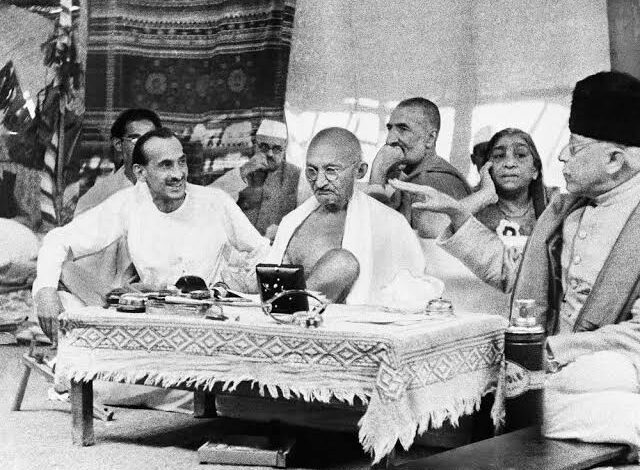
A discussion on the idea of inclusive India is significant when we celebrate the country’s 78th Independence Day. More significantly, this period also marks the 82nd anniversary of the Quit India struggle, which was one of the most decisive battles in the path to the country’s freedom. The challenges to an inclusive India have heightened in contemporary times, essentially on account of several policy changes, administrative manoeuvres and political moves from those at the helm of affairs, who in turn seem to be in the grip of divisive forces operating in the country.
As a result, India is witnessing the promotion of a Hindu nationalist agenda, leading to increased tensions and violence against minority communities. The promotion of a dominant culture, undermining diversity and inclusivity has become a norm. It has resulted in the rise of majoritarianism and erosion of secular credentials of our country.
Exclusionary policies targeting Muslims and other marginalised groups are on the rise more than in any other period in the history of this country. The violence against minorities is on the rise and they live in fear and suspicion. The multicultural fabric of the country is in danger due increased violence, hate crimes, and marginalisation of vulnerable groups. These challenges require immediate attention, critiquing, and collective counter action to ensure an inclusive India for all citizens.
In such a context, revisiting, reiterating and re-emphasising the manner and style in which Mahatma Gandhi visualised and carried forward the Quit India movement is extremely relevant. The focus of this article is on these initiatives of Gandhi and lays emphasis on the idea of inclusive India that was ingrained in these initiatives.

The seed of a decisive movement to end British rule was born in Gandhi’s mind in 1942 while staying in Sevagram Ashram. Though Gandhi resigned from the Congress in 1934, Mahatma continued to give patronage to the Congress and its activities. Sevagram witnessed the meeting of the Congress Working Committee (CWC) in July 1942. The CWC arrived at a resolution,which resolved that the British government should be forced to quit India through mass struggles. The decision was taken under Gandhi’s guidance after due deliberations. The resolution passed by the CWC on July 14, 1942 was originally drafted by Gandhi and was modified on the basis of discussions to the satisfaction of Pandit Jawharlal Nehru and Maulana Azad. The CWC also authorised Gandhi to take charge of the movement and regulate it in the manner he deemed fit.
This was perceived as the last battle to end the British Raj by Mahatma and he was aware of the grave repercussions it could have. On August 1, 1942, he gave the following instructions to the Ashram residents of Sevagram before his departure to Bombay. “Those who are in the Ashram should know that anything can befall them. It is possible that the Government may even stop the supply of our food. Therefore only those should stay here who are ready to live even on leaves. The rest should leave. It will be a matter of shame for us if they leave after the troubles.”
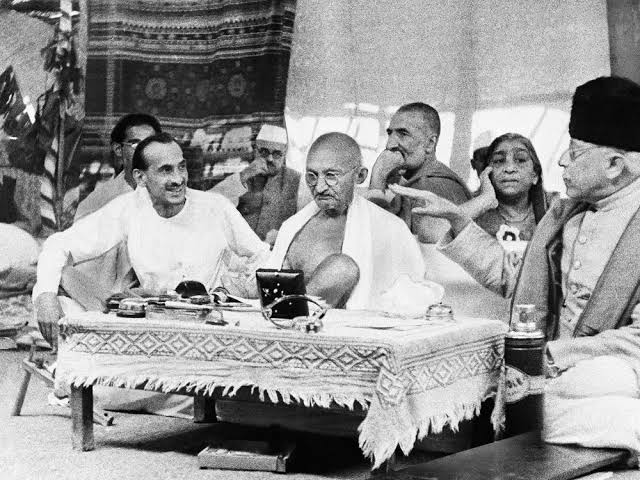
The Quit India movement reflected the idea of a united and all inclusive India. Gandhi’s speeches and writings during the movement emphasised the need for unity and solidarity among all Indians. He underlined the importance of Hindu Muslim unity and outrightly rejected the forces of communalism and promoted a vision of India where people of all faiths and diverse backgrounds could live together as members of one family.
Gandhi’s trip to Bombay from his ashram was to attend the Bombay session of AICC where the Quit India Movement was to be officially launched. Reaching there Gandhi wrote,on August 4, 1942, as follows in his draft instructions for Civil Resisters and the Working Committee Members. “The object of our satyagraha is to secure the withdrawal of British rule and the attainment of independence for the whole of India. After the withdrawal of British rule, the Constitution of the future government of the country will be settled by the joint deliberation of the whole nation, including all parties. That government will belong not to the Congress or to any particular group or party, but to the entire 35 crores of the people of India. All Congressmen should make it clear that it will not be the rule of the Hindus or of any particular community. It should also be well explained that this satyagraha is not directed against Englishmen but against British rule only, for we regard no one as our enemy. This should be brought home to villagers.” Gandhi further wrote “If anybody has the spirit of communalism or harbours hatred or ill-will in his heart against any Indian or Englishman, he will best help the struggle by keeping aloof. Such an individual will hinder the cause by joining the struggle.” His all inclusive approach was not only limited to Congress or different parties but also various religious communities and even to the English people. That was the beauty of Gandhi’s multicultural approach and uniqueness of leadership in bringing all communities together.
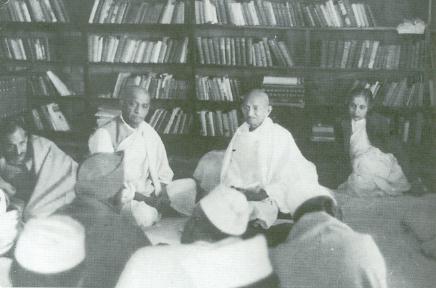
Gandhi’s Speech at A.I.C.C Meeting in Bombay, August 7, 1942, before the discussion on the resolution also raised similar concerns. He made it clear that communalism has no place in his scheme of things and depicted the Congress as the representative whole nation which doesn’t represent any particular group, colour, caste or province. He emphasised the need of coming together of all sections of society as a united force to realise true democracy.
“The Congress from its very inception has not been of any particular group or any particular colour or caste or of any particular province. It has claimed ever since its birth to represent the whole nation and on your behalf I have made the claim that you represent not only the registered members of the Congress but the entire nation… You should not feel that the majority of those who fought for it were Hindus and the number of Muslims and Parsis in the fight was small. Once they got freedom, they should change their whole mentality. If there is the slightest communal taint in your minds, keep off the struggle… If you want real freedom you will have to come together and such coming together will create true democracy—democracy the likes of which has not been so far witnessed nor have there been any attempts made for such type of true democracy… My democracy means every man is his own master. I have read sufficient history and I did not see such an experiment on such a large scale for the establishment of democracy by non-violence. Once you understand these things you will forget the differences between the Hindus and the Muslims’’ For Gandhi, nonviolence was a creed but he wanted the Congress to adopt it as a matter of policy. He wanted as disciplined soldiers everyone must accept it in toto and stick to it when you join the struggle.
After the passing of the resolution with a majority he addressed the AICC again on August 8. In that speech he dealt in detail as to how consciously he strove for the achievement of unity and fraternity from his childhood. He explained how the need and the idea of Hindu-Muslim unity came up in him during his South African days and how he continued efforts after reaching India too. He left no stone unturned to achieve unity and offered his fullest cooperation to the Muslims in the Khilafat movement.
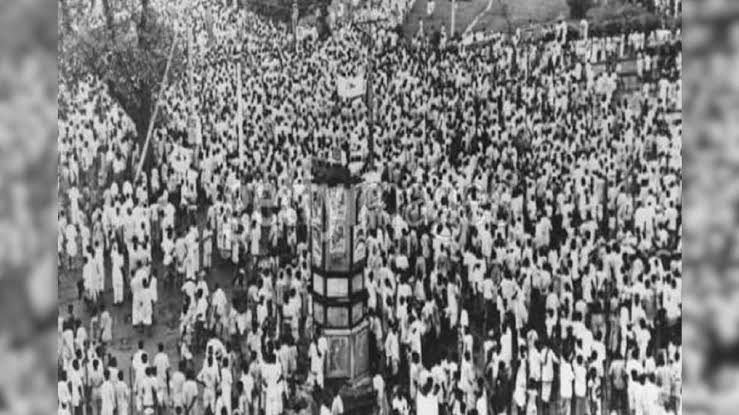
He never compromised his position and spoke against divisive forces working on communal lines. He specifically mentioned those like Vinayak Damodar Savarkar and Dr. B.S Moonje of the Hindu Mahasabha in this context. The following excerpts from his writings exemplify this resolute adherence to social unity. “To demand the vivisection of a living organism is to ask for its very life. It is a call to war. The Congress cannot be party to such a fratricidal war. Those Hindus who, like Dr. Moonje and Shri Savarkar, believe in the doctrine of the sword may seek to keep the Mussalmans under Hindu domination. I do not represent that section. I represent the Congress. You want to kill the Congress which is the goose that lays golden eggs. If you distrust the Congress, you may rest assured that there is to be a perpetual war between the Hindus and the Mussalmans, and the country will be doomed to continue warfare and bloodshed. If such warfare is to be our lot, I shall not live to witness it.”
Referring to the approach of Muhammad Ali Jinnah and Muslim league he said “The Qaid-e-Azam has said that the Muslim League is prepared to take over the rule from the Britishers if they are prepared to hand it over to the Muslim League, for the British took over the Empire from the hands of the Muslims. This, however, will be Muslim raj. The offer made by Maulana Saheb and by me does not imply establishment of Muslim raj or Muslim domination.” Gandhi further asserted “The Congress does not believe in the domination of any group or any community. It believes in democracy which includes in its orbit Muslims, Hindus, Christians, Parsis, Jews—every one of the communities inhabiting this vast country.”
He considered Muslims as an integral part of India and the country as their homeland too. He called upon them to join in the freedom struggle. He said: “India is without doubt the homeland of all the Mussalmans inhabiting this country. Every Mussalman should therefore cooperate in the fight for India’s freedom. The Congress does not belong to any one class or community; it belongs to the whole nation. It is open to Mussalmans to take possession of the Congress. They can, if they like, swamp the Congress by their numbers, and can steer it along the course which appeals to them. The Congress is fighting not on behalf of the Hindus but on behalf of the whole nation, including the minorities. It would hurt me to hear of a single instance of a Mussalman being killed by a Congressman. In the coming revolution, Congressmen will sacrifice their lives in order to protect the Mussaalman against a Hindu’s attack and vice versa.”
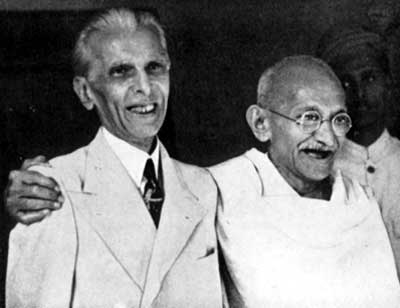
Then he gave the clarion call of ‘Do or Die’. The British government acted swiftly against the movement. On the morning of August 9, Gandhi, along with the many CWC members and Congress leaders of Bombay, was taken into custody. In his Message to the country from Bombay at 5 a.m, on August 9, 1942 he wrote “Everyone is free to go the fullest length under ahimsa. Complete deadlock by strikes and other non-violent means. Satyagrahis must go out to die not to live. They must seek and face death. It is only when individuals go out to die that the nation will survive. Karenge ya marenge (We will do or die)” Gandhi’s call to the nation was so powerful and it inspired people. The whole country was electrified and people jumped into the vortex of freedom struggle.
Thus, in short, Quit India Movement, led by Mahatma Gandhi, reflected the idea of an Inclusive India in several ways. Gandhi’s very leadership embodied the spirit of an inclusive India, where diverse groups could come together to strive for a common goal. We have to honour the dreams of freedom fighters who envisioned an inclusive India who sacrificed their lives for a noble cause. If we subscribe to the real spirit of India and Gandhi’s vision of inclusive India we have to celebrate Hindu-Muslim unity, promote equality, and highlight the richness of Indian culture. We have to rekindle the spirit of unity, love, tolerance and amity that defined India’s freedom struggle. Let the commemoration of the quit India movement inspire us to work for an inclusive India which is the need of the hour in the New India in which we live.
Note: This article is based on the presidential address delivered by the author at a National Seminar on Quest for Peace and Inclusive India organised by Probhodha Trust Kochi in association with Sevagram Ashram Pratishthan, Wardha and a number of prestigious colleges in commemorating Hiroshima and Nagasaki and Quit India Movement on August 8, 2024.


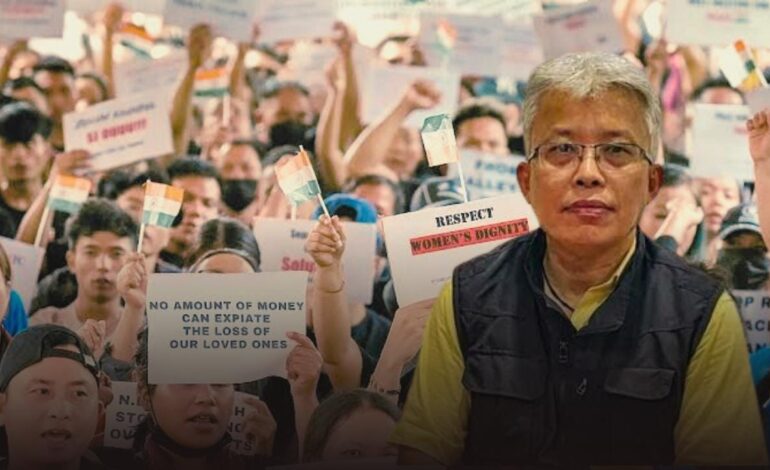


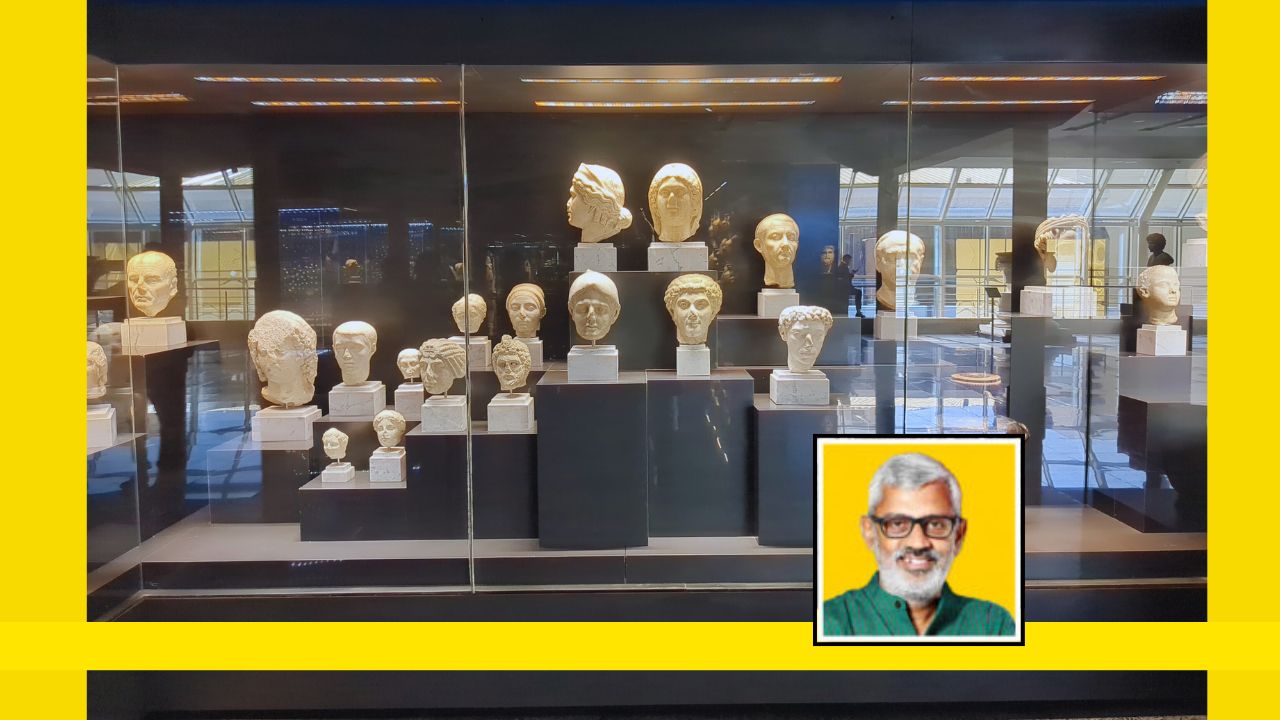
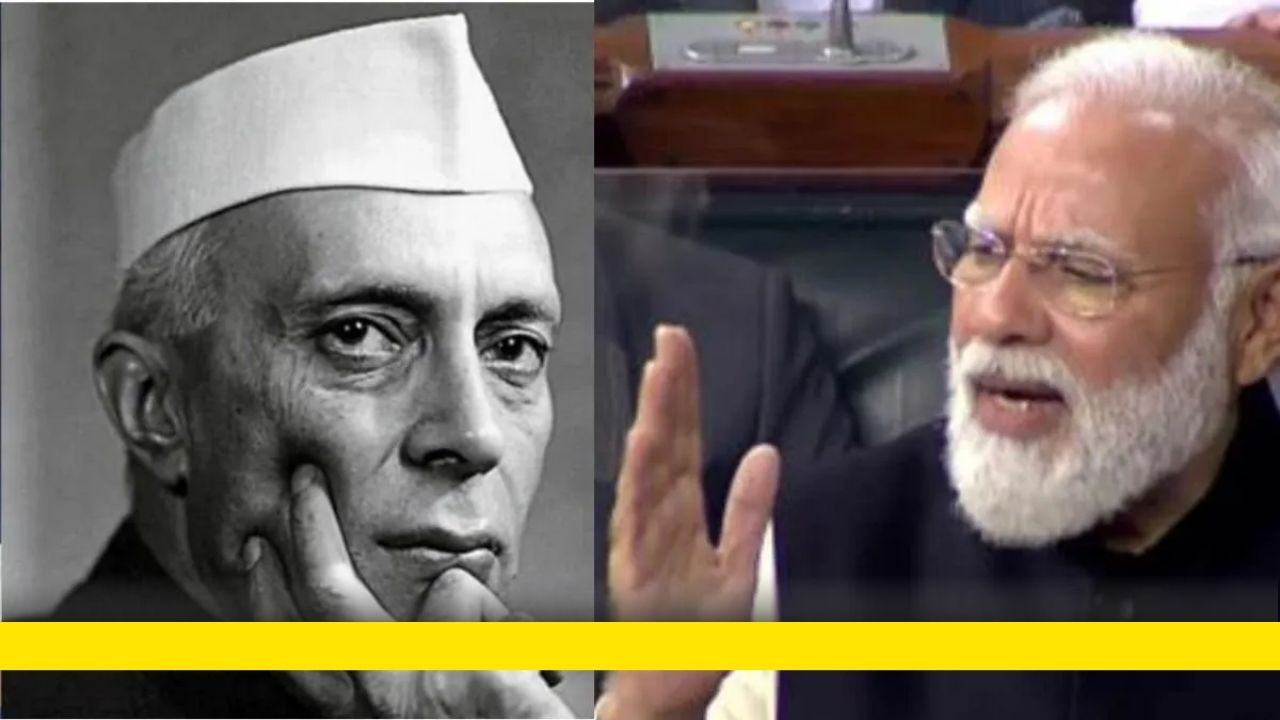
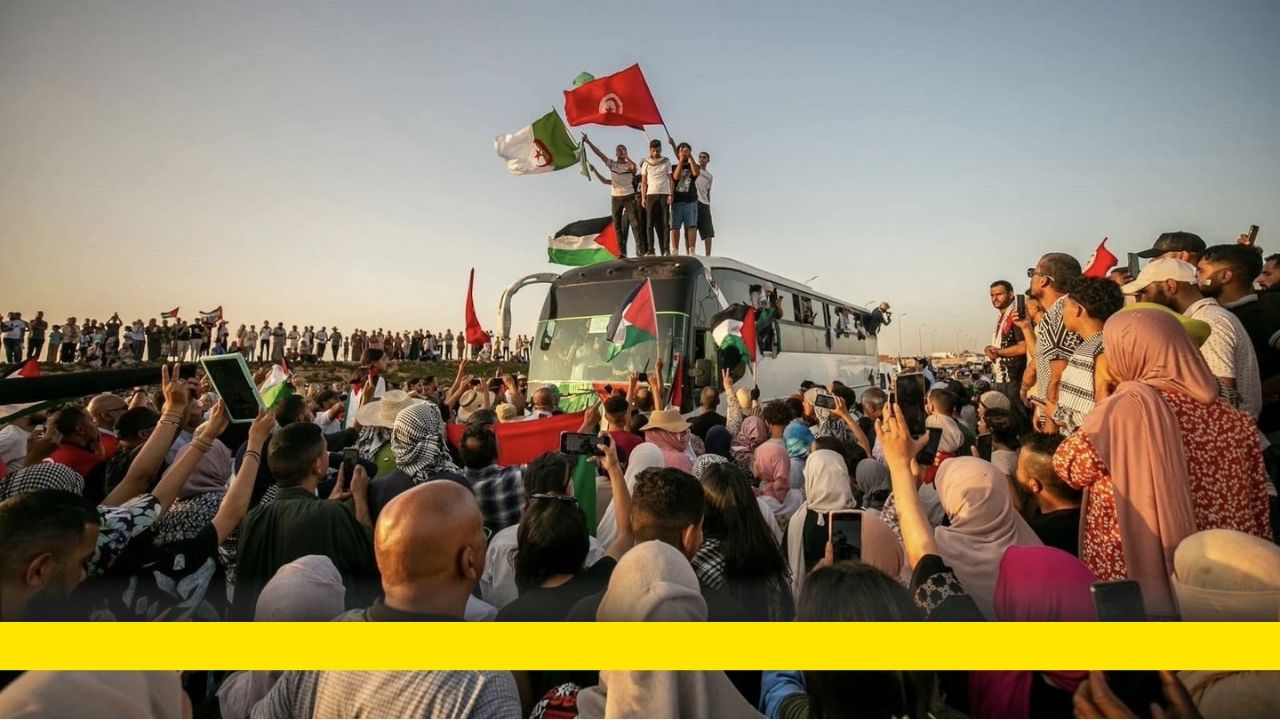
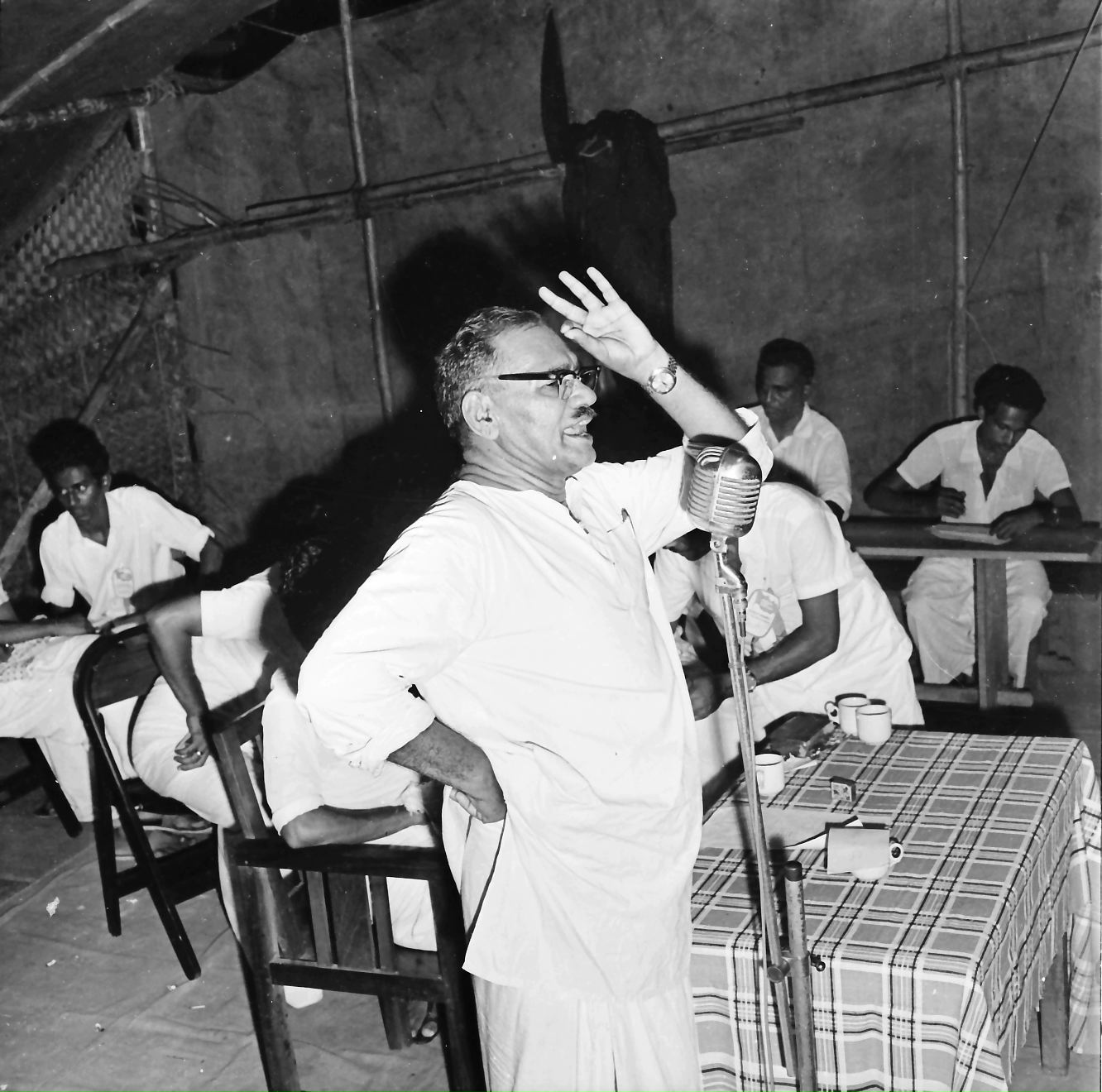



Good article. It highlights the importance of remembering on Independence Day that sustaining the nation’s freedom and integrity rest requires communal harmony and fraternity among all Indians. Thank you, Dr. Joseph.